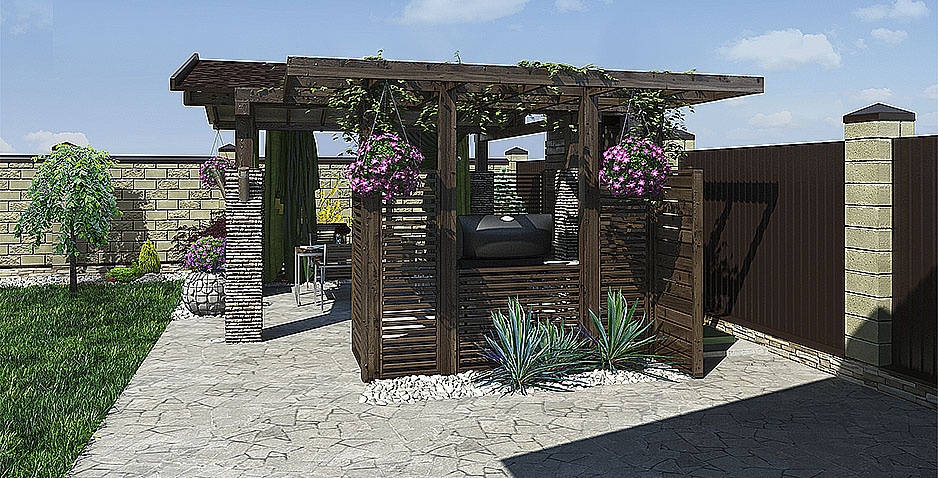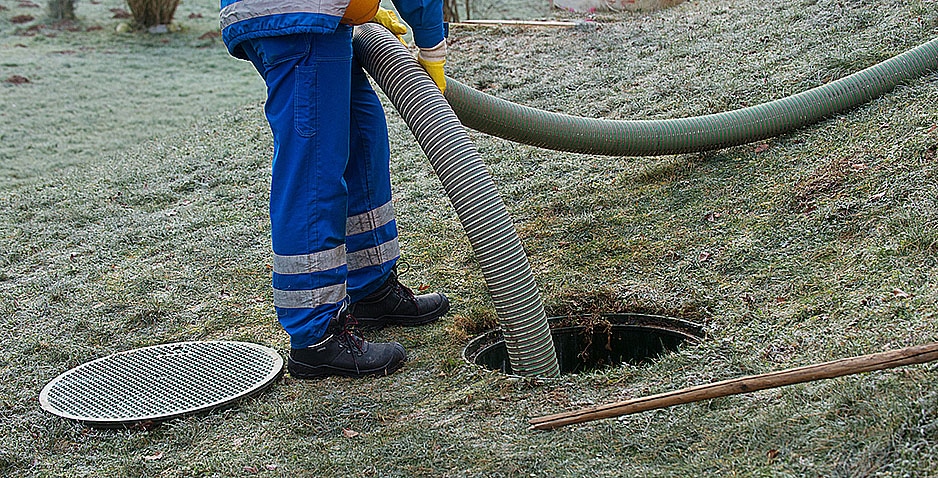The modern homeowner, equipped with a blend of aesthetic sensibility and practical demands, often seeks to maximize the potential of their living spaces, both indoors and outdoors. This quest for harmony between beauty and functionality has brought pergolas, gazebos, and home siding into the limelight. Each of these elements, though distinct in design and purpose, plays a crucial role in enhancing the architectural and functional aspects of a residence. The credit for that goes to the amazing pergola contractors. This article delves into the intricacies of these structural elements, their significance, and their integration into contemporary home design.
Pergolas: The Blend of Openness and Shelter
Origin and Evolution
Emerging from the landscapes of ancient gardens, pergolas have long been synonymous with shaded walkways and relaxation spots. Traditionally, they were constructed using pillars that supported cross-beams, often draped with climbing plants or vines. Over time, pergolas have evolved to meet the varying aesthetic demands of homeowners, while still retaining their core function of providing partial shelter.
Architectural and Functional Significance
In the realm of modern architecture, pergolas stand out for their ability to seamlessly blend indoor and outdoor spaces. They act as an extension of the living area, facilitating an open yet sheltered space that can be used for relaxation, dining, or entertainment. Moreover, by supporting green canopies, pergolas also introduce an element of nature into constructed spaces, promoting tranquility and well-being.
Gazebos: The Epitome of Outdoor Solace
Defining the Gazebo
Unlike the linear and extended form of pergolas, gazebos are often freestanding structures with a roof or a house patio, typically octagonal or circular in shape. Originating from the gardens of Renaissance-era Europe, they have become staples in parks, estates, and even private residences.
The Dual Role of Gazebos
Gazebos serve a dual role. Architecturally, they act as focal points in a landscape, drawing attention and adding a touch of elegance. Functionally, they provide a sheltered outdoor space, ideal for relaxation, gatherings, or even meditation. The raised platforms, often seen in gazebos, offer a vantage point, allowing occupants to appreciate the surrounding landscape.
Home Siding: Shielding with Style
The Necessity of Siding
While pergolas and gazebos are primarily associated with enhancing outdoor living, home siding focuses on the external facade of the main residence. Siding is not merely an aesthetic addition; it plays the critical role of protecting the home from external elements, be it harsh weather, moisture, or even pests.
Materials and Modern Innovations
Traditionally, home sidings were made of wood or brick. However, with advancements in materials science, homeowners now have a plethora of choices ranging from vinyl, metal, fiber cement, to modern synthetic materials. Each material offers a unique blend of durability, insulation, and aesthetic appeal. For instance, while wood sidings provide a classic, timeless look, vinyl sidings are lauded for their low maintenance and resistance to wear and tear.
Design Considerations: Tailoring to Personal Needs
Adapting to Climate and Region
The region’s climate plays a pivotal role in deciding which structure to install and the materials to use. In areas with heavy rainfall or snowfall, the roof design of gazebos might tilt more steeply to prevent accumulation. Likewise, the material chosen for siding in humid regions might differ from that in areas prone to wildfires. It’s essential for homeowners to understand the environmental demands of their region to ensure the longevity and functionality of pergolas, gazebos, and siding.
Space and Scale: Making the Right Choice
While pergolas and gazebos accentuate outdoor spaces, it’s crucial to choose a size and design that complement the available space. A massive gazebo might overshadow a small garden, while a tiny pergola might appear inconsequential in a sprawling estate. Similarly, the scale and color of the siding should harmonize with the overall architecture of the house. Ensuring that these structures are proportionate and in tune with the surrounding architecture will result in a cohesive and pleasing aesthetic.
Integrating Technology: Modern Upgrades
Lighting and Automation
Modern homeowners often seek to incorporate technology into their outdoor spaces for enhanced comfort and functionality. Pergolas can be fitted with automated rain sensors that deploy retractable covers during rain. Gazebos, on the other hand, can be adorned with ambient lighting for nighttime gatherings. Even siding technology has seen innovations, with some modern sidings offering smart insulation options that adapt to temperature variations.
Eco-Friendly Choices: A Sustainable Approach
Green Materials and Practices
With growing consciousness about environmental sustainability, homeowners are leaning towards eco-friendly choices. From using recycled or sustainable materials for siding to integrating solar panels atop gazebos, there are numerous ways to make these structures environmentally friendly. Pergolas, traditionally draped with vines, can also support a variety of plants, creating a green canopy that offers shade and promotes biodiversity.
Water Collection Systems
Beyond just providing shade and beauty, modern pergolas and gazebos can be equipped with water collection systems. Given their sloping designs, they can efficiently gather rainwater, directing it into collection units or rain gardens. This not only conserves water but also plays a part in sustainable landscaping, which you should discuss with pergola builders Long Island.
The Intersection of Aesthetics and Utility
Color and Texture: More than Just Looks
The choice of color and texture, particularly for sidings, has traditionally been seen as an aesthetic decision. However, beyond complementing the architectural style of the house, these choices also have practical implications. For instance, lighter colors can reflect sunlight and help in maintaining cooler interiors in hot climates. Textures, especially in sidings, can influence how debris and water interact with the surface, potentially affecting maintenance cycles and longevity.
Architectural Harmony: Syncing with Surroundings
When installing pergolas, gazebos, or new sidings, it’s crucial to ensure they harmonize with the existing architectural elements of the house. This doesn’t mean everything needs to match perfectly. However, finding a balance – whether through complementary designs, motifs, or patterns – ensures that additions feel more integrated rather than appearing as afterthoughts.
Functional Features and Accessories
Incorporating Storage Solutions
While pergolas and gazebos are primarily seen as leisure spaces, they can be designed to incorporate smart storage solutions. Recessed shelving, integrated seating with storage beneath, or even hooks and holders for garden tools can enhance their functionality without compromising aesthetics.
Weatherproofing for Longevity
Regardless of how beautiful an outdoor structure or siding is, it’s crucial to ensure its durability against the elements. For sidings, this might mean using weather-resistant materials or finishes. Pergolas and gazebos can be treated with protective coatings to shield against UV rays, moisture, and pests. This not only ensures that they last longer but also reduces the frequency and cost of maintenance.
Conclusion
Pergolas, gazebos, and home siding, though distinct in their primary functions, collectively contribute to enhancing the aesthetic appeal, comfort, and durability of residential spaces. As architectural preferences evolve and the line between indoor and outdoor living becomes increasingly blurred, the integration of these elements in home design is expected to grow. For homeowners, understanding these structures and their potential benefits is key to creating living spaces that are both beautiful and functional.
The beauty of pergolas, gazebos, and home siding companies Port Jefferson lies in their adaptability. While they root in traditional architecture, their modern adaptations cater to contemporary needs, technological integrations, and eco-conscious decisions. As homeowners continue to seek the perfect blend of form and function, these structures stand testament to the timeless desire for comfort, beauty, and sustainability.



